All about pure gold
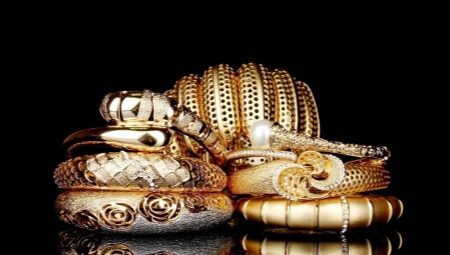
Pure gold is not a pure metal, but an alloy with the addition of copper. He owes his exquisite reddish tint to her. The term "chervonnoe" has not been applied to gold in the modern classification for a long time. Now you can only hear about him in colloquial speech.
What is it and when did it appear?
Alloy now is very rare and does not actually apply, since it is impractical and inconvenient for everyday use. You can get jewelry made of pure gold alloy only by ordering its production from a jeweler individually.
Unofficially, it is called "Russian", but at the same time in Russia there is little demand for jewelry made from this metal. An alloy with pure gold is called pure gold. It must contain up to 10% additives and at least 90% of the precious metal.
Since this material demonstrates high softness, it is traditionally mixed with additives in the form of iridium, cadmium, as well as platinum, silver, zinc, copper and others. Such impurities are called ligature... With them, the properties of gold are enhanced, including its strength. The additives also affect the color of the precious material.
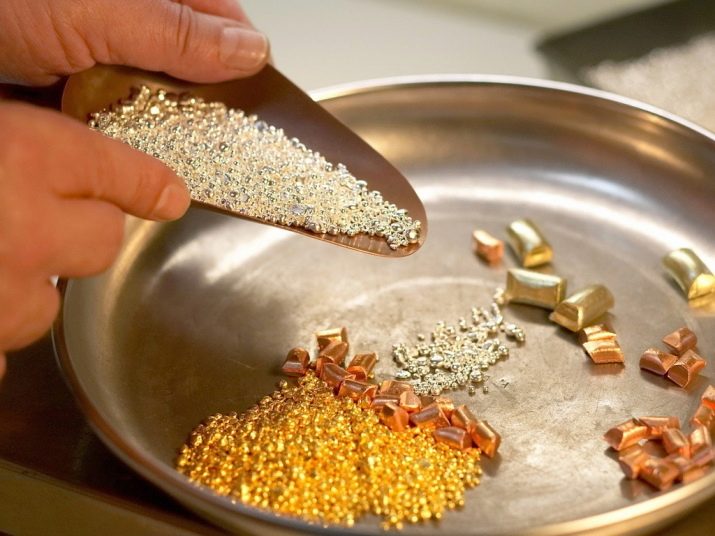
Chervonny or, as they say, scarlet in translation from Old Church Slavonic means scarlet, red. In tsarist Russia, foreign gold coins were in use, which were usually called chervonets. In Russia, they began to mint their own coins only in the 15th century in the form of award decals.
The appearance of the first Russian chervonets as a means of payment was a consequence of monetary reform carried out by Peter the Great. Their weight and alloy value corresponded to foreign coins. Chervontsy paid off with foreign subjects.
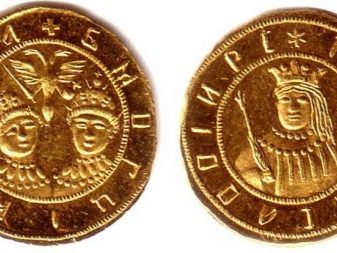
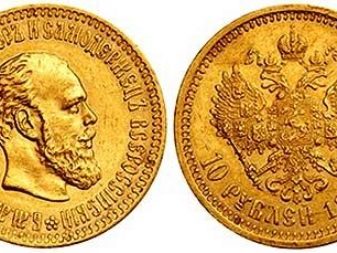
They also began to make expensive jewelry from them, because then there was no purer gold than pure gold.
Presumably to get a reddish undertone in the old days gold was mixed with paint from an extract of a special type of worms. According to another version, the term originated from the long-obsolete word "scarlet", meaning "dark red" color. There is also a third option, in which the word "chervonny" is interpreted as "red-hot"... When heated, the alloy had a “red” sheen. In the presence of a large amount of additives, the red color did not appear.
In the past, the amount of gold in items was measured spools (4.266 g)and to everything from 72 zolotniks belonged to chervonnoe... Historically, its fineness was considered high (no less than the current 750). Sometimes, even now, the red precious metal is mistakenly called "chervonny": in red gold, the percentage of copper is much higher - 41.5, which corresponds to the marking of 585 standard.
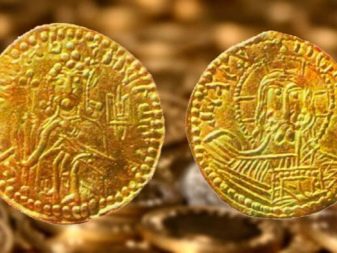

Jewelry made from pure gold was considered impractical and only made by the jewelers of famous houses.
They were mostly special family jewels, anxiously kept and passed down from generation to generation. The exception was things in which the fragility and softness were compensated by the mass. The most common "scarlet" products weigh from 10 grams.
In modern days, the term "chervonny" is understood not only as a shade of gold, but also directly in the tsar's chervonets. In Soviet times, these coins were used to make dental crowns... In a medical sense, such a solution was not bad: a pure and soft noble metal with great inertness, not reacting to acids and alkalis, that is, safe for health.
A shade with "redness" should appear barely noticeable, visible only in comparison with the product, for example, marking 585 samples. Unfortunately, at present, the term "pure gold" is usually used to denote a cheap alloy with gold, a distinct red color due to the excessive content of copper in it. True noble gold only exhibits its famous reddish hue when heated.
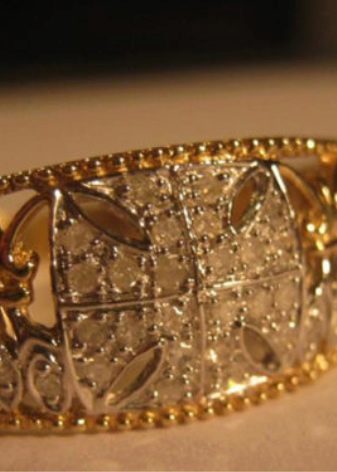

Properties
The percentage of copper may vary, but the amount of gold always exceeds 90%, therefore, it is a valuable high-quality variety. The characteristics of a pure gold alloy are different from that of pure gold. ductility, fusibility, excessive softness. It is so prone to deformation and abrasion that its authenticity was determined by a primitive bite test - teeth marks were clearly visible on this alloy.
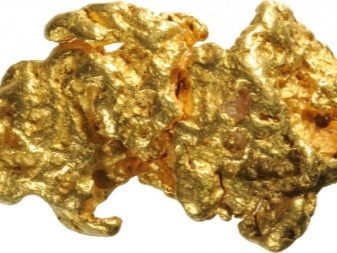
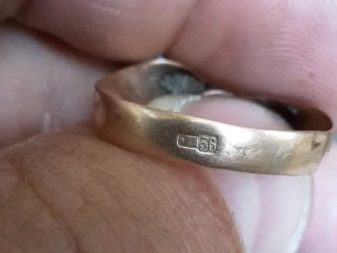
Samples
What is absolute 100% gold is not found in nature, a known fact. There is only high-quality, conventionally called "pure". It is an impractical and easily deformable material. It is suitable for the production of exclusively bank bullion.
But would it be correct to rank them in the category of pure gold? There is no consensus on this matter. Jewelers refer to alloy with copper as pure gold in the sample range from 916 to 986th. but in various publications this is the name of a juicy yellow metal going to ingots: 995th, 999th and 999.9th samples, that is, when 99.99% is a noble metal, and the rest is made up of impurities.
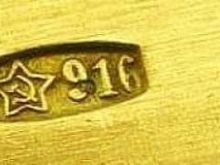
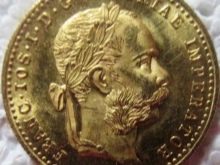
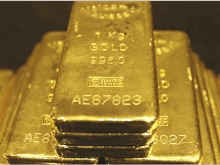
It turns out that there is a lot of confusion around "Russian" gold. In any case, we are talking about alloys of the highest standard... Regarding popular chervonny alloys, then, in addition to the main component, they contain proportions of silver and red copper.
When purchasing such jewelry, you need to be especially vigilant. Fraudsters add copper to low-grade metal, achieving the famous reddish hue. That should not affect the value and cost of the product in any way. When buying, it is not only possible, but also necessary ask the consultant for a quality certificate products. If the item is purchased privately, it costs secure the deal by consulting a jeweler, and when you intend to purchase antiques - to museum experts.
The purity of the alloy is determined precisely by its softness and pliability. Antique coins were tried for a tooth, and if there were teeth marks on them, this testified to their authenticity.
A noble metal loses its softness if copper, silver, platinum or zinc are added to the alloy.
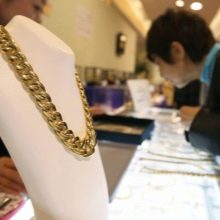
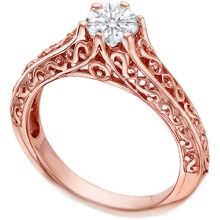
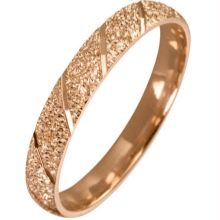
Price
To answer the question about the cost of items made of pure gold, it is necessary to find out which particular sample is being considered, since pure gold is a rather lengthy concept. He cannot have a sample less than 916. Based on the sample, the price tag can be up to 2,500 rubles per gram, taking into account the fact that the cost of a 585th sample product fluctuates in the range of 1,600 rubles per gram.
To determine the price, you need to know exactly what is the fineness of the alloy. Today, this term is understood as marking alloys: 916, 958, 980 and 999. This means that an ingot weighing 1 kg contains, for example, 916 g of gold, and the rest falls on the alloy (copper, nickel). Accordingly, if an ingot is 1 kg, it contains 999 g of gold and only 1 g of other inclusions - at the moment this is the highest standard.
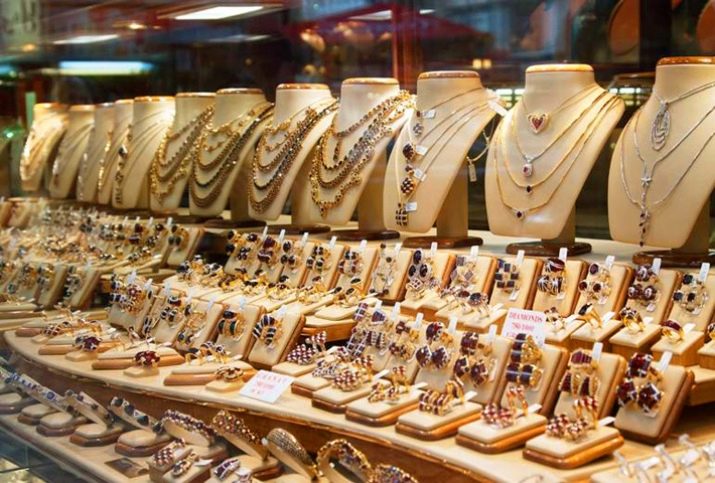
It should be noted that the price depends not only on the rate of gold set at the moment in question on the world gold and foreign exchange fund, but also on the form in which it is located.
Bank ingotsas well as assay-stamped ounces are offered by cans at the same price. In pawnshops they accept scrap gold, as a rule, at a reduced price. Jewelry Appraisal it is carried out not only by the amount of noble metal, but also by the quality of the work performed, by the presence of precious stones or inserts from other metals, and so on. Respectively, their retail value may also vary... Wherein in quotations of precious metals on the world exchange, gold cannot take a position below silver and above platinum or palladium.
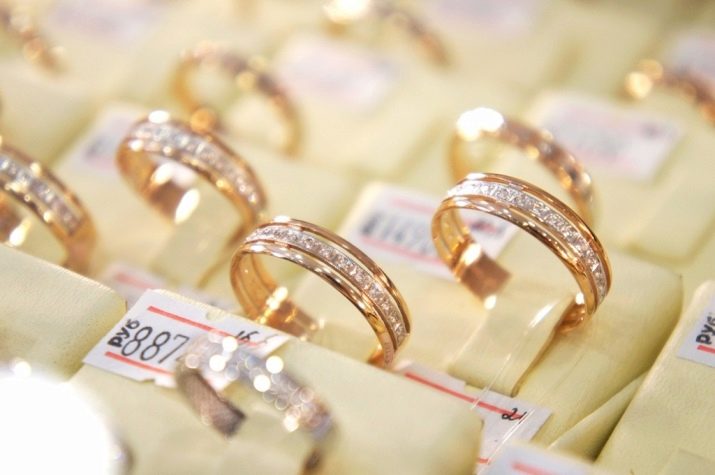
Application
Currently, pure gold is of limited use. In the circles of Russian jewelers, the most popular marking alloy is 585, less often 750 is used. It has great strength, resistance to mechanical damage, oxidation. It retains its original presentation for a long time. There are very few products of the 750th test on the domestic market. At the same time, pure gold of any sample is in demand in some countries as jewelry precisely at its high cost.
In these developing countries, the inflation rate of the national currency is high, therefore, at the first opportunity, people tend to invest in precious metals, preferring to wear them in the form of jewelry on their bodies.
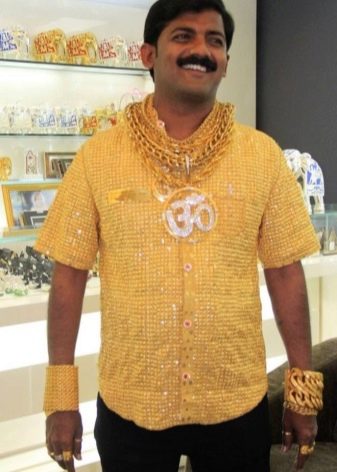

The main branches of the use of pure gold include several areas.
- Electrical industry, more precisely, electronics. Excellent conductivity and corrosion resistance allow the alloy to be used in electronic devices for strengthening contacts by gold plating.
- Jewelry production. To strengthen products, increase the quality of valuable metal, and impart extraordinary colors, ligature additives are used to pure metal.
- Medicine, especially dentistry. Manufacturing of crowns, bridges, orthodontic appliances.
- Financial sector. Each country has a gold reserve - the highest grade 999 bars. In an unstable economic situation, they are considered the most profitable investment for both the state and individual citizens.
- Aerospace. For lubricating some mechanical parts, coating surfaces inside spacecraft and protecting astronauts from radiation from inside.
- Sport. For making gold medals. Currently, not pure precious metal is used for this, but gilding. But the tradition of nibbling on the award is preserved.

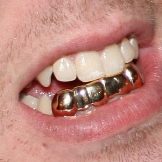
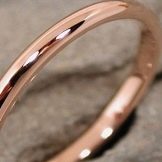
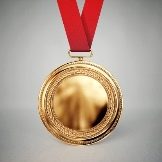
Currently gold is a solid and indestructible global financial equivalent... Many world states are hoarding their own gold reserves in the event of the collapse of the monetary system based on the dollar and the euro. Thus, pure gold is still considered the main monetary measure.
For the features of pure gold, see the video.








